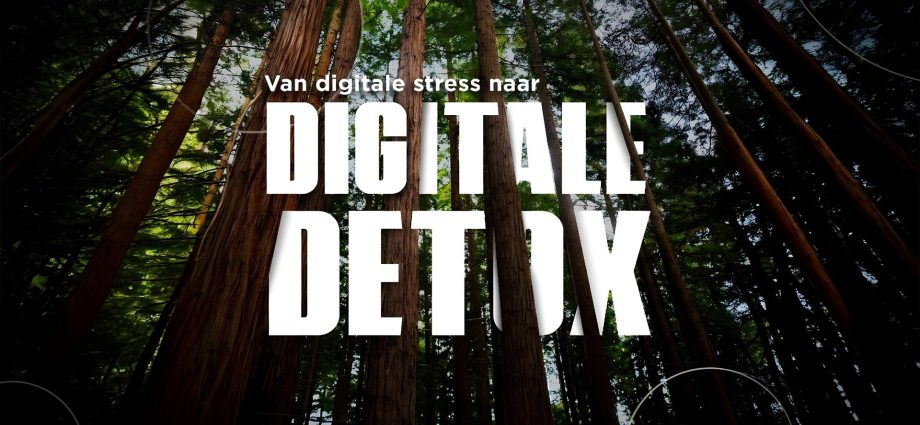Your phone buzzes. Then pings. A red notification bubble winks at you from an app icon. It feels like a gentle nudge, but let’s be honest—it’s more like a constant, low-grade tug on your sleeve. Our digital lives have become a cluttered attic, stuffed with apps, feeds, and accounts we barely use. And the mental toll is real.
That’s where digital minimalism comes in. It’s not about becoming a tech-hating hermit. Far from it. It’s a philosophy of intentionality. A conscious choice to use technology as a tool for your goals, rather than letting it use you. It’s about clearing out the digital noise so you can hear yourself think again.
What Exactly is Digital Minimalism? It’s More Than a Detox
Coined by professor Cal Newport, digital minimalism is built on a core belief: your time and attention are precious. So, you should fiercely protect them. A minimalist carefully curates their tech tools, opting out of anything that doesn’t provide significant value to their life.
Think of it like this. A digital detox is a temporary cleanse—a weekend off social media. Digital minimalism, on the other hand, is a permanent lifestyle shift. It’s like moving from a diet to a sustainable, healthy way of eating. You’re not just avoiding junk food for a week; you’re fundamentally changing your relationship with food. Or in this case, with your feeds.
The High Cost of Digital Clutter
Why bother? Well, the endless scrolling and multitasking aren’t free. They come with a bill. And we pay for it with our focus, our peace of mind, and our time.
Here’s what that clutter is actually costing you:
- The Fragmented Mind: Constant context-switching—jumping from email to Slack to a news alert—shatters your concentration. It can take over 20 minutes to get back into a deep flow state after an interruption. Your whole workday can become a graveyard of half-finished thoughts.
- The Comparison Trap: Curated highlight reels on social media can quietly erode your satisfaction with your own perfectly good, perfectly normal life. It’s a thief of joy, you know?
- Time Disappears: That “quick check” of Instagram can effortlessly vaporize 30 minutes. Add up all those micro-sessions, and you’re looking at hours—sometimes whole days—lost each week.
Okay, I’m Convinced. How Do I Start Practicing Mindful Tech Usage?
Ready to declutter? The goal here isn’t perfection. It’s progress. It’s about making a series of small, conscious choices that add up to a big shift. Here are some practical strategies for mindful technology use.
1. Conduct a Digital Declutter
This is the big one. For 30 days, take a voluntary break from all optional technologies. That means social media, gaming apps, news sites—anything that’s not essential for your work or maintaining your core relationships.
This isn’t a punishment. It’s a reset. It creates space to rediscover what you truly enjoy doing with your free time. After the 30 days, you slowly reintroduce tech, but only the tools that truly serve you. You’ll be surprised how many apps you simply don’t miss.
2. Optimize Your Phone, Your Biggest Distraction
Your phone is ground zero for this battle. So, let’s make it less appealing.
- Go Grayscale: This is a game-changer. Turning your screen to black and white removes the dopamine-hit of colorful icons. Suddenly, your phone feels… boring. It’s a powerful psychological trick.
- Turn Off (Almost) All Notifications: Be ruthless. Does your bank need to alert you? Maybe. Does a social media app? Absolutely not. Reclaim your attention by silencing the pings.
- Curate Your Home Screen Only keep the essentials—maps, messages, phone, camera. Tuck everything else into folders on a second screen. Out of sight, out of mind, truly.
3. Embrace Analog Leisure
Digital minimalism isn’t just about removing tech; it’s about filling that void with richer, more satisfying activities. This is where the joy comes back in.
Rediscover the physical world. Read a paper book. Learn to bake bread. Go for a walk without your phone (or at least, without taking it out). Work with your hands. These high-quality leisure activities provide a sense of accomplishment and presence that passive scrolling never can.
Building a Sustainable, Minimalist Tech Stack
As you reintroduce technology, you’re building your own personalized “tech stack.” This is just a fancy term for the collection of tools you actively choose to use. Ask yourself these questions before letting an app back onto your phone:
| Question to Ask | Why It Matters |
| Does this tool directly support a core value of mine? | If it’s for “killing time,” it probably doesn’t make the cut. |
| Is this the best tool for the job? | Maybe one messaging app (like Signal) can replace three others. |
| How does this tool make me feel when I use it? | Anxious? Informed? Connected? Your gut feeling is data. |
This process isn’t about deprivation. It’s about making room. When you remove the constant background hum of digital noise, you create space for deeper connections, for focused work, and for the quiet moments of reflection that make life… well, life.
It’s a quiet rebellion against the demand for your attention. A way to stop living a life of reaction and start living one of intention. The digital world will always be there, beckoning. The real power lies in knowing when to look away.

